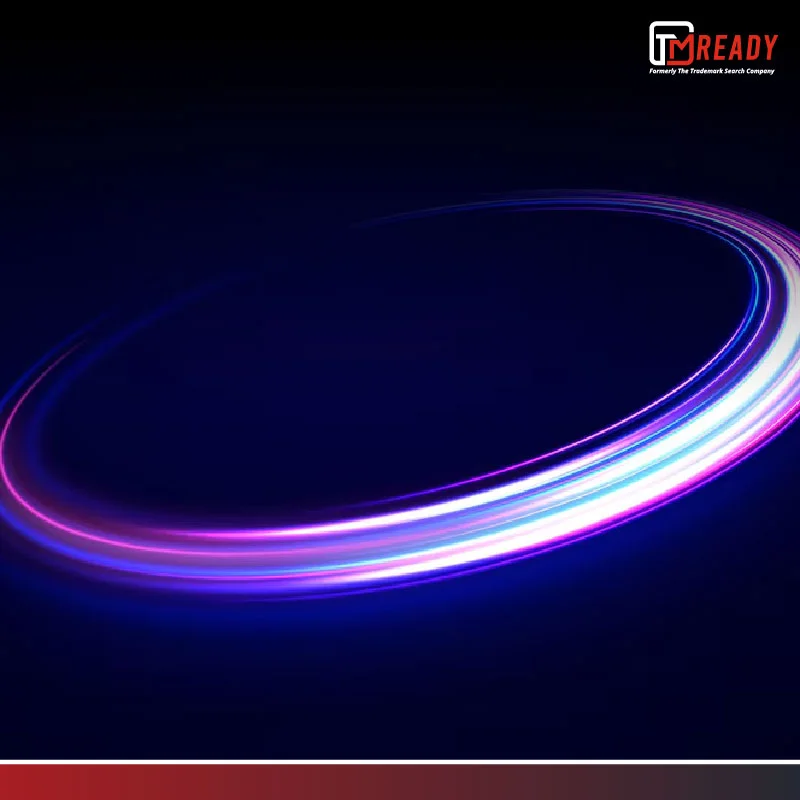As the global economies progress faster than ever, businesses are also keeping up with the rising competition. As a result, many businesses and companies are shifting to motion trademarks to build a unique identity and beat the competition. The trend towards motion trademarks in India, USA, EU, etc., has increased quite a lot during the past few years.
The fundamental reason behind businesses’ adoption of motion marks is the higher competition and difficulty in establishing a well-known trademark. And multimedia or motion trademarks give a higher edge to brands in conveying their message better to the audience and building their brand reputation.
This article will provide all the information you need to know about motion trademarks, famous examples of motion trademarks, and how to register your own motion trademark.
What Are Motion Trademarks?
They are 3-D or moving trademarks that consist of a combination of moving visuals with audio. A famous example of a motion trademark is Microsoft’s motion trademark. The requirements for registering a motion trademark are:
- A textual explanation of the mark
- A drawing depicting a single point in the movement or a square drawing including up to 5 freeze frames indicates various movement directions.
There is no need to supply a copy of the movie or animation, but you may choose to register it as a copyrighted work separately. Moreover, if a series of noises accompany the motion mark, it is must to detect each one of those sounds separately as a sound mark. With the digital revolution and the rise of online media, a catchy phrase or sound mixed with a distinctive moving image has become a key feature of various firms’ marketing strategies.
Do You Know Which Are The Top 10 Most Valuable Brands of 2022?
Can a “Movement” or “Motion” be Trademarked?
Yes, you can trademark a motion mark in countries such as the USA, India, and the EU. Traditionally, the trademark registration was primarily for static signs and logos only. However, as the markets become more competitive, more and more countries allow multimedia and motion trademark logos..
What Are Some Famous Motion Trademark Examples?
- Yahoo’s Yodel
- Lamborghini’s car door motion
- Nokia’s open screen display with a handshake
- Sony Mobile’s motion trademark with a flowing orange ribbon moving as a fluid
- Microsoft Windows motion trademark logo
- Toshiba’s motion trademark
- Sony’s “Make Believe” motion trademark logo
A famous motion trademark’s example is Nokia’s opening display of 2 hands reaching out to each other and finally ending in a handshake.
Which Countries Allow Registration of Motion Trademark Logo?
- USA (the first country to allow registration of motion marks)
- South Korea
- Japan
- India
- Canada
- Germany
- France
Avoid These 5 Mistakes or You Will Lose Your Trademark
In 1996, the USA became the first nation to authorize the registration of a motion trademark for the renowned Columbia Pictures multimedia emblem of ladies carrying a torch. Also, for multimedia mark registration, USPTO accepts the following formats of the motion mark:
- Animated clips
- Still pictures in sequence with description
- Short films
In 2015, Japan paved the way to register trademarks such as dynamic design, motion marks included.
In 2019, France, UK United Kingdom, Germany, and Canada modified their laws to enable the registration of unusual trademarks easier.
Can I Register a Motion Trademark in India?
Yes, you can register a motion or multimedia mark in India. When requesting registration with the Indian Intellectual Property Office, any motion mark should be able to showcase itself on paper. The trademark registrar evaluates the motion marks using the same criteria as other types of trademarks. When submitting a motion mark registration, one must remember that the movement in the mark and its order of display need to be the same.
The motion trademarks find a small mention in Trademark Rules, 2017. Moreover, a draft manual that widely covers unconventional trademarks (shape, motion, smell) is under the pipeline in India.
Motion Trademarks under Indian Trademarks Act, 1999
According to Section 2(1) of the Trademark Act of 1999, a trademark is a mark that able to identify an individual’s or company’s goods or services from others. Also, as per Section 2(1) of the Trademark Act of 1999, a trademark is a mark that can be shown visually and able to identify an individual’s or company’s goods or services from others.
Also, one can’t submit a motion mark in its pure form before the trademark registrar; but as a combination of marks, such as sound and movement, as in the case of Sony Ericsson. A famous motion trademark example is NOKIA CORPORATION’S famous multimedia mark CONNECTING HANDS, the first one to be registered in India.
Requirements for Motion Trademarks Registration
Most aspects of the conventional trademark registration process are the same as the motion trademark registration process. Thus, like 2-D trademark registrations, Motion trademarks must demonstrate originality and serve as a unique source of recognition or usage for the audience. Due to their one-of-a-kind nature, motion marks are subjected to the standard trademark registration procedures.
Further, for successfully registering a multimedia mark, it should be able to make an individual connection with the product and inspire quick awareness by the public. Therefore, the ultimate aim is for the mark to be:
- Unique nature
- Recognizable by the public
- Quantifiable proof and distinctive samples to indicate ease of communal identification
Therefore, the motion marks face a high level of inspection than the standard trademark procedure for traditional marks.
Before applying for registration, the motion mark must meet following 4 criteria:
- Uniqueness
The person applying for motion mark registration must show that the trademark is unique. For motion trademarks, the usual need to be able to differentiate its goods from those of others is greater. Further, the applicants must provide convincing proof of a trademark relationship with their name among the general public.
- Source of Origin
A trademark’s actual function is to identify the source of origin. In the case of a motion trademark, the applicant must be able to demonstrate that the public knows the trademark and associates it with specific goods or services through a multimedia clip.
- Functionality
Another crucial element for a trademark is its functionality. A motion trademark must be functional because it must be able to influence sales or generate profit for the brand via its usage.
- Non-Generic
At the same time, the motion marks can’t have generic elements that are common and important to all traders in the industry.
Successful registration of multimedia marks needs the mark in question to represent an individual relationship to the goods; something the general audience can easily figure out. Furthermore, the registration of motion marks requires individualized specimens employed to locate community identification.
While the general standards for conventional and unconventional (motion, sound) marks are identical, the motion trademarks are frequently subjected to a higher examination level and face specific registration barriers.
How to Check if a Name is Trademarked in Canada?
Motion Trademarks in EU
Can I register a motion mark in the EU?
Yes, EUIPO allows registration of motion marks as long as they can be presented such that the EUIPO and consumers can establish a clear and specific subject matter of protection. The first motion mark in the EU was Toshiba’s motion trademark.
Recognizing the need to establish a secure legal framework for non-traditional trademarks, the EU brought an overhaul in its trademark laws in 2017. Also, the changes removed the prior condition that a mark should be “graphically depicted” to be considered a trademark.
Requirements for Registration of Motion Trademarks in EU
According to EU trademark regulations, motion markings are acceptable in a series of JPEG-format figures or an MP4-format video clip (not to exceed 20MB).
- Static photographs should have numbers or a caption detailing the sequence of utilization.
- The multimedia mark must be capable of being represented on the register in such a way that competent authorities and the public can establish the clear and specific subject matter of the protection.
- The multimedia mark must not be functional for successful registration with EUIPO.
The applicant can use a video file or a sequence of consecutive static photos depicting movement or change in position. Also, several non-traditional marks, such as hologram and multimedia marks, are now registrable as trademarks in the EU. Thus, non-traditional trademarks are now registrable in the EU, as long as they meet specific criteria.
Ready to Protect Your Unique Motion Trademark? TMReady is Here to Guide You.
Registering a multimedia mark can be a challenging process due to the strict standards set by trademark offices (such as USPTO, CIPO, EUIPO and IIPO). With most motion trademark applications facing office actions or outright rejections, navigating these complexities requires expert assistance to successfully secure a distinctive motion mark for your brand.
With decades of experience in intellectual property and a team of dedicated professionals, TMReady is your one-stop destination for all things trademark. Whether you’re looking for:
- Professional Trademark Search Services, ensuring your motion trademark is unique and free from conflicts across multiple regions
- Trademark Monitoring Services, proactively detecting and managing potential infringements
We offer expert solutions at competitive pricing, providing you with reliable protection for your brand.
More Related Articles You May Like
Most Common Reasons for Office Action on Patent Applications





